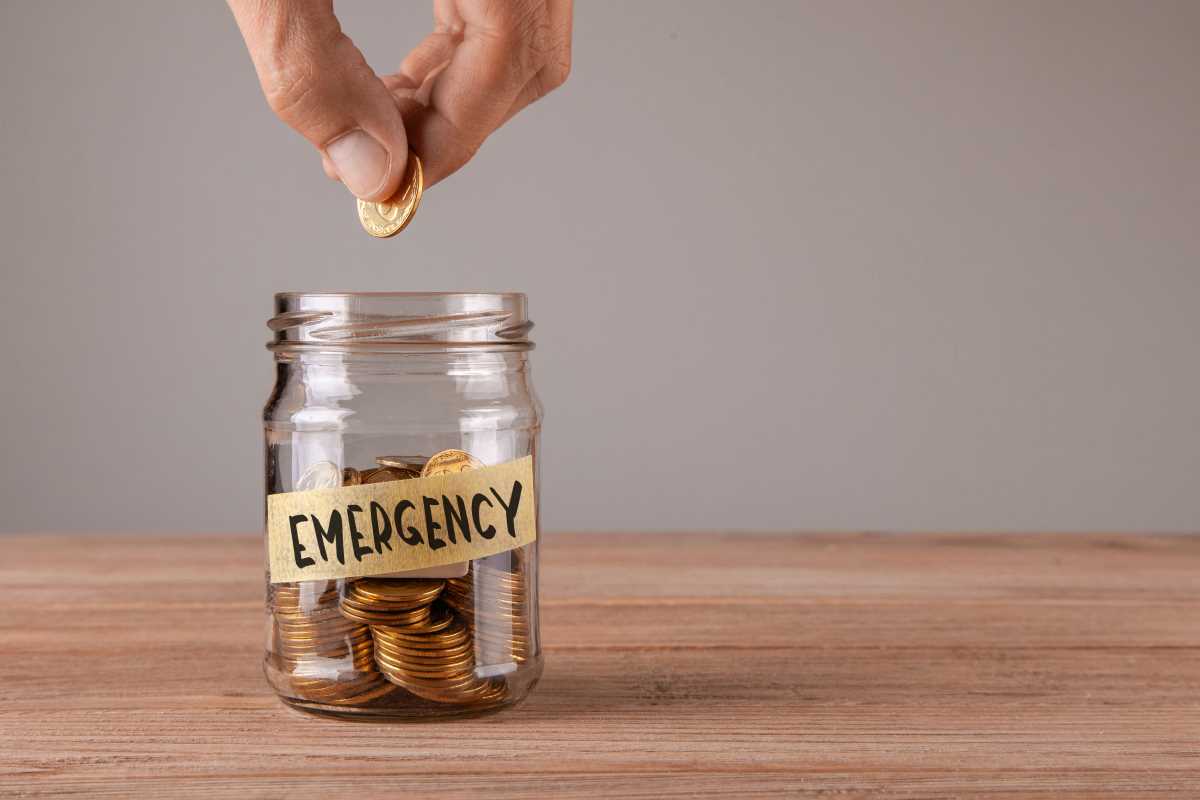Setting aside even a small amount for a meaningful cause can spark connections and acts of kindness that reach much further than you might expect. Giving doesn’t require a large budget; even modest contributions can create lasting effects in your community and beyond. When you choose to support a cause that matters to you, your actions reflect your values and bring purpose to your daily choices. Integrating generosity into your routine not only enriches the lives of others but also adds a sense of fulfillment and warmth to your own life, reminding you that every contribution counts.
By exploring creative ways to direct limited funds, you turn financial constraints into opportunities for impact. Recognizing how modest gifts add up over time allows you to make choices that reflect both your heart and your wallet. Whether you chip in a few dollars each month or round up grocery bills to the nearest dollar, these thoughtful gestures build momentum toward positive outcomes.
Impact Created by Small Choices
When you decide to give even a little, you open up possibilities. A handful of coins can open a door—a quiet path to brighter futures for neighbors and communities that might otherwise be overlooked. As each contribution lands in trustworthy hands, you nurture hope and reinforce connections among people who share common goals.
Step by step, these tiny acts assemble a mosaic of compassion. You don’t need grand gestures to uplift causes; consistency and clarity of purpose amplify small gestures into lasting influence. By greening your calendar with small, thoughtful donations, you cultivate everyday moments that echo kindness and respect.
Hands-On Budget-Friendly Ways to Give
Micro-Donation Round-Ups
- How it works: Link your debit/credit card so every purchase rounds up to the nearest dollar, with the spare change sent to charity.
- Steps: (1) Register through your bank’s donation portal, (2) select a nonprofit, (3) verify totals monthly in your app.
- Cost/Availability: Typically free via most banks.
- Insider tip: Review statements quarterly and adjust your round-up ceiling to match changes in your budget.
Dedicated Giving Envelope
- How it works: Set aside leftover bills or coins in a labeled jar/envelope and donate when it fills.
- Steps: (1) Drop $1 bills or coins after errands, (2) transfer once full to a verified charity.
- Cost/Availability: Only what you choose to set aside.
- Insider tip: Use a see-through container—watching contributions grow adds motivation.
Automated Monthly Donation Plan
- How it works: Set up small recurring transfers ($5–10) to a charity account.
- Steps: (1) Log into online banking, (2) create recurring payment labeled “Giving,” (3) track in your budget app.
- Cost/Availability: Free through most nonprofits.
- Insider tip: Schedule donations just after payday so they fit seamlessly into your cash flow.
Penny-Matching Commitment
- How it works: Match coupon/sale savings with tiny penny-based donations. Save $20 → donate $0.20.
- Steps: (1) Track savings in a spreadsheet, (2) gather penny donations weekly, (3) deposit quarterly.
- Cost/Availability: Small fee if using coin machines.
- Insider tip: Use a credit union with free coin-counting to avoid fees and stretch donations.
Fundraising Challenges with Friends
- How it works: Friends pledge small amounts when hitting personal milestones (workouts, books finished, etc.).
- Steps: (1) Announce a one-month challenge, (2) create group chat for celebrations/reminders, (3) pool pledges into one collective gift.
- Cost/Availability: Only pledged amounts; boosts community morale.
- Insider tip: Turn reminders into fun group notifications—keeps energy and accountability high.
Getting Past Common Budgeting Challenges
Financial limits often feel like walls, but you can see them as creative edges rather than barriers. When month-end bills come due, pause a luxury subscription or cut back on a less-used service. Redirect those savings into your giving goals so you keep a healthy balance between immediate needs and heartfelt generosity.
If emotional barriers arise, such as guilt over spending on yourself, see small donations as essential parts of your wellness routine. You deserve the satisfaction that comes from sharing good with others. By scheduling micro-donations that never stretch your comfort zone, you build confidence in maintaining giving even when your finances tighten.
Tools That Help Track Your Donations
- Free Budgeting Apps You download an app that tags each round-up and recurring gift under a “giving” category. After installing, you link your bank accounts and enable auto-categorization. Regularly review weekly summaries to ensure you stay beneath your monthly ceiling. Most of these apps are free with optional premium features. Insider tip: Set alerts to notify you when donations approach 80% of your planned total, so you can decide whether to pause or continue.
- Simple Spreadsheet Templates You create columns for date, amount, recipient, and running total in a digital sheet. First, open a blank template on your computer. Then, fill in entries immediately after each gift. Finally, set a reminder to review your spreadsheet monthly and reconcile with bank statements. This method costs nothing but your time. Insider tip: Color-code entries by charity so you can see how your support spreads across multiple causes visually.
- Email Receipt Folder You set up a dedicated folder in your email for all donation confirmations. After each gift, move confirmation messages to that folder. At month’s end, scan the folder to verify totals match your records. This organization system costs no extra money. Insider tip: Use automated filters based on keywords like “donation” or “receipt” to streamline the process and avoid missing receipts.
Monthly Routines That Keep Your Giving Consistent
Dedicate a short monthly check-in to review your budget, confirm gifts, and adjust contributions as needed. Pair the routine with a simple self-care ritual to keep it uplifting. By making generosity a habit, you create lasting connections and make kindness a natural part of your life.
 (Image via
(Image via





